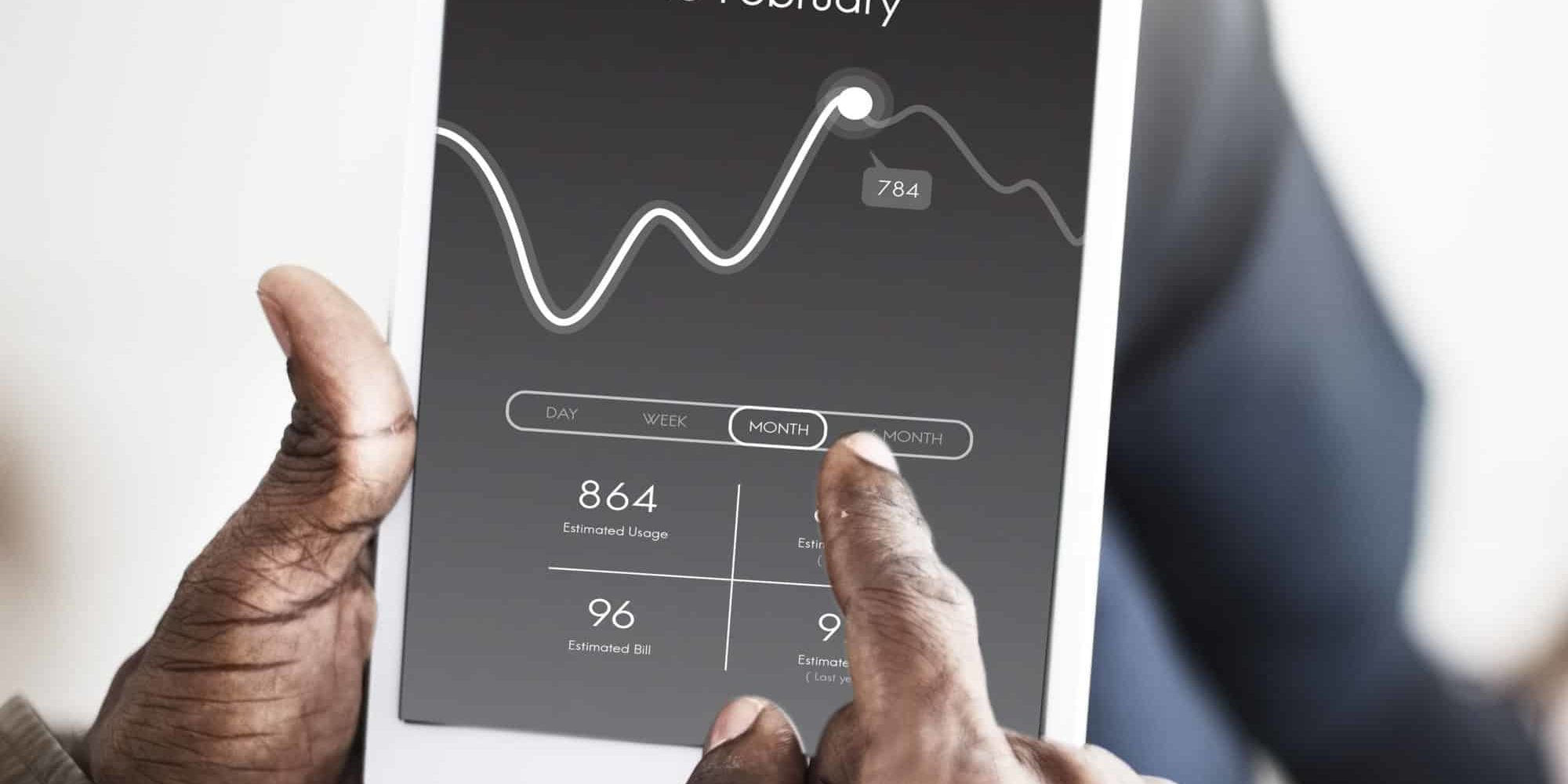Consumption pricing–a licensing model where software is sold based on use (actual traffic, transactions, etc.) rather than a fixed fee–is making the headlines these days.
“Subscription-based pricing is dead: Smart SaaS companies are shifting to usage-based models” headlined a recent TechCrunch article.
“How Usage-Based Pricing Fueled Two 2020 IPOs” led one from Insight Partners.
It’s the kind of notoriety that is leading to a wave of consumption pricing for new software companies and causing established companies to consider whether they too should switch to a usage-based model.
But is aligning price with use a way to “radically transform industry structures and organizations’ go-to-market strategies” as suggested in a 2016 article from Deloitte? Or is it just today’s pricing flavor-of-the-month?
5 Benefits of Consumption-Based Software Pricing
Clearly, consumption pricing can offer advantages for your software company:
- It can reduce barriers to customer acquisition, like forcing customers to pay for features they don’t need.
- With cost aligned with usage, you can appeal to a wider customer base. Low utilization customers may be more likely to buy, with some eventually becoming large customers.
- It can encourage retention, as customers feel they can control their costs by managing their use.
- The pricing may be easier to understand and more predictable than with traditional licensing.
- It can lower your upfront costs or commitments.
Consumption pricing can even be a market differentiator that can help you stand out from your competitors, although as more software companies jump on the bandwagon, that advantage is fading.
What No One Tells You About Consumption Pricing that You Really Need to Know
The appeal for customers to simply pay for what they use looks good on paper. But in practice, without careful planning and effective execution, consumption pricing can elongate sales cycles and negotiations, negatively impact customers and squelch company fortunes. Here are some of the causes:
- Unexpected spikes in utilization can cause significant customer backlash and churn. As higher use equates to higher costs, some customers will balk when utilization spikes, particularly when those spikes are out of their control. Think of the reaction during the pandemic if Zoom prices were based on the number of video calls.
- Consumption pricing essentially transfers all cost risk to the customer, which can negatively affect the software company. As the customer assumes more risk, they take longer to evaluate their purchase and figure out how to budget for it, slowing the sales cycle.
- How does that value change over time, or as your customer uses more of your solution (e.g., adds users, more transactions, etc.)?
- What is the value of your solution compared to alternatives?
- What other buying participants need to understand the value delivered by your solution?
Perhaps the most important challenge when considering a consumption pricing model is to align the use metric to the value the customer derives from your solution, which can evolve over time. In this article, Dharmesh Shah, Co-Founder & CTO at HubSpot describes how their consumption strategy for a key product, which was based on the number of contacts in the database, became misaligned with customer success when they added products. By switching the use metric to only the number of actively marketed-to contacts, they were able to better represent the value their customer gained and support the customer’s use of other products within their product suite. Kudos to them for better aligning with their customer, but how much revenue and customer growth did they miss by not getting it right from the start?
The Right Way to Consider Consumption Pricing
If you are considering whether a consumption pricing strategy can work for you, there are several questions about your customers, your competitors and your operations you will need to dive into. Here are some to get you started:
- What about the buyer’s ecosystem would benefit from a consumption model?
- What use metrics really link to the way your customers get value from your solution? Will your customers gladly pay more for each additional use of that metric?
- How will your model respond to utilization spikes? How will your customers feel about that?
- What licensing structure do your competitors offer? Beyond what they claim or promote, do they sell alternative structures? In what situations or nuances do they shift?
- Would a consumption pricing strategy be a differentiating advantage for you, or would you just be following the crowd? If the latter, is there a non-consumption model that would better differentiate you and add more value to your customer?
- If changing from a different model or use metric, what financial impact will there be in both the short-term and long-term? Do you have the right inputs to help you accurately determine this impact?
The Key to a Successful Licensing Model
Injecting real data into your assessment is an absolute key to success. In fact, one of the more exciting achievements we’ve had in our company recently is the launch of a proprietary system for tapping existing customer usage data to model how pricing strategy changes will play out. However you get the data, analyzing the impact on customers and revenue across each customer variance and situation will lead you to more informed and effective decisions about pricing strategy.
Consumption pricing can be a powerful strategy—when thoughtfully designed and applied to the right situation. But software executives would be wise to first question the growing assumption that it is the “best” route to success, and then roll up their sleeves and do their homework.
